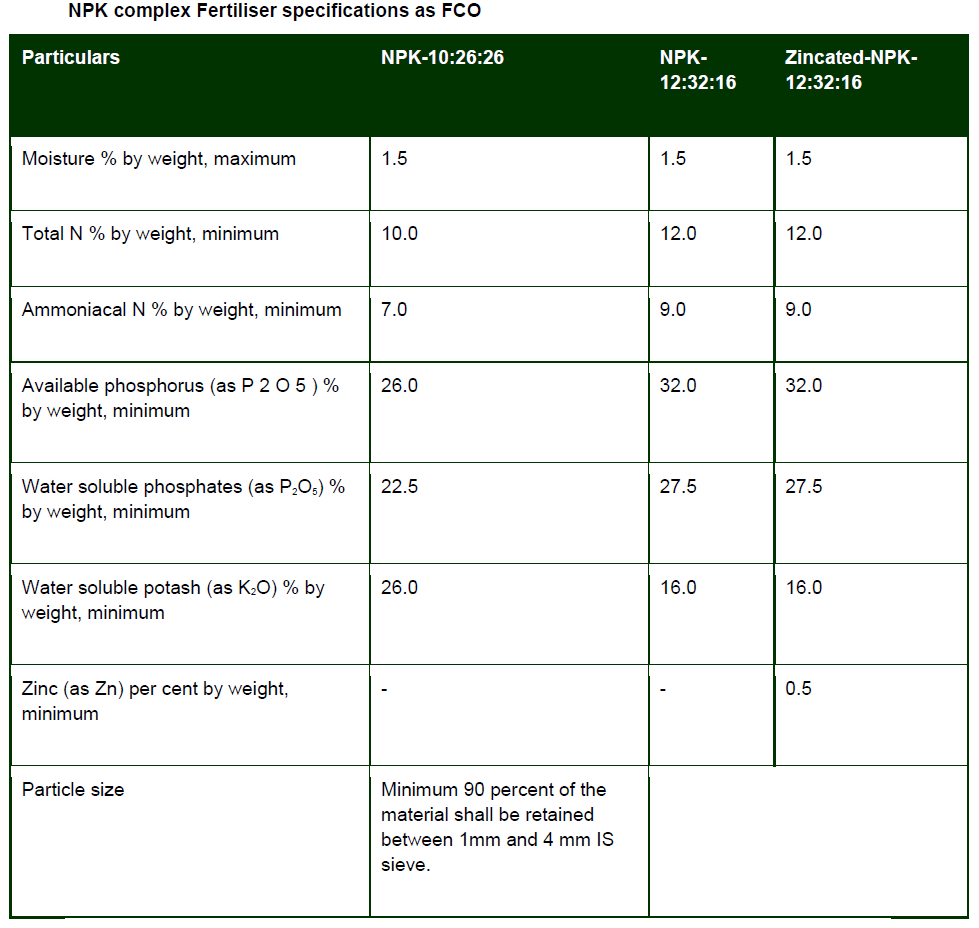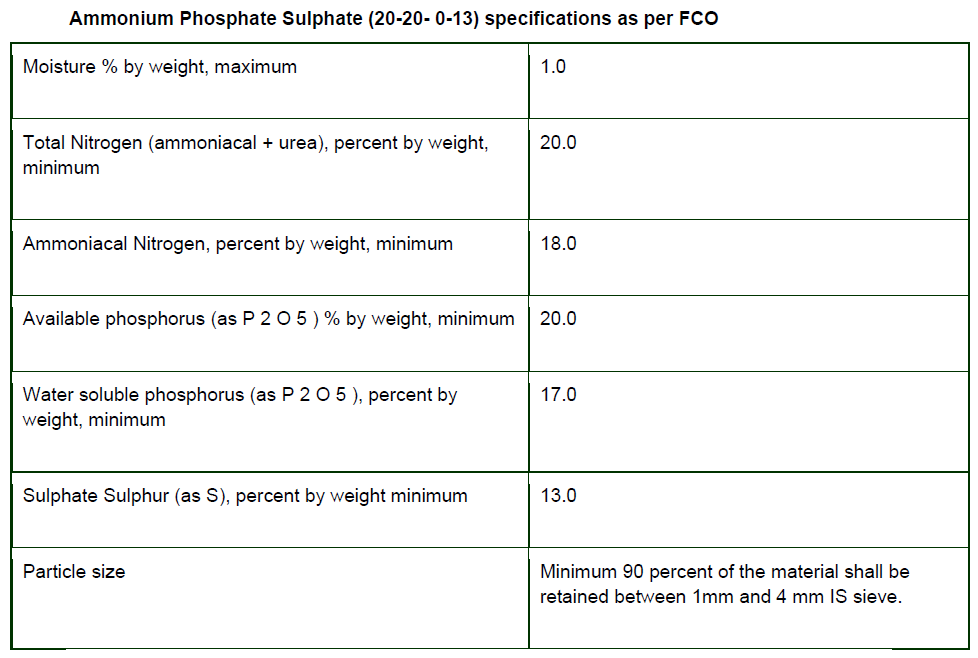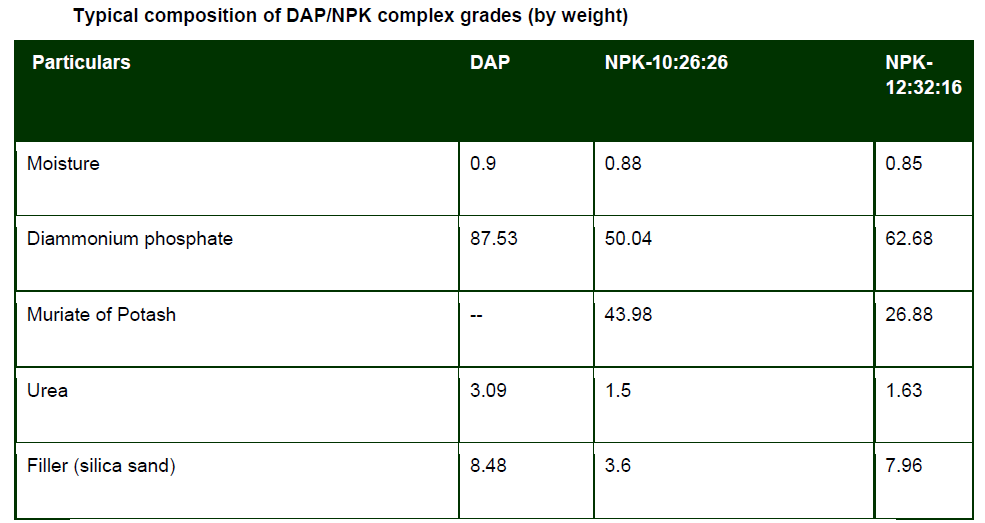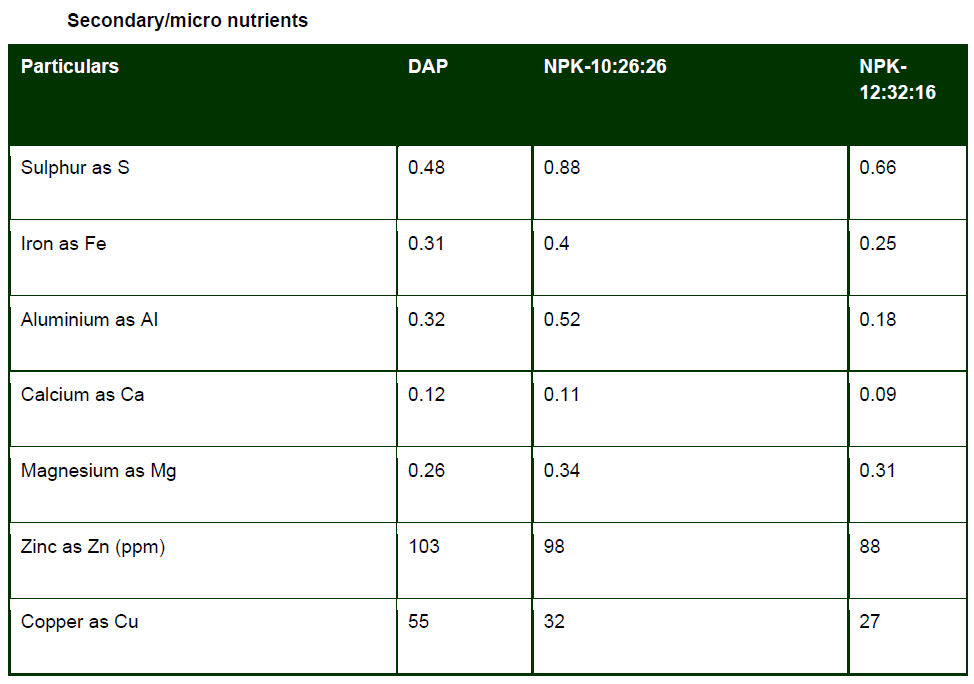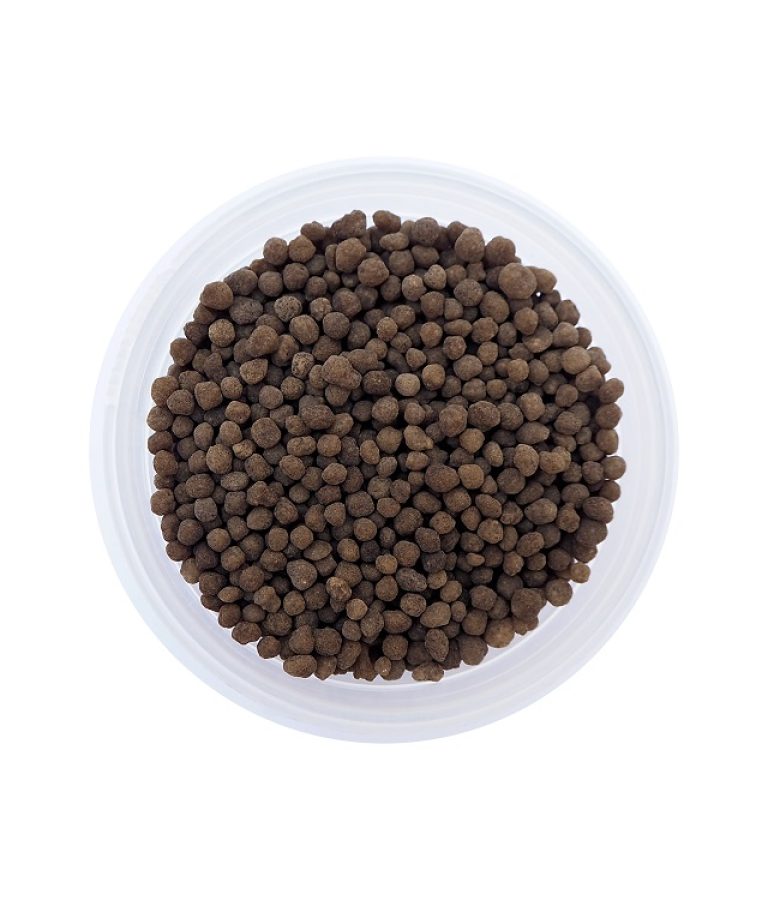
Overview of Di-Ammonium Phosphate (DAP) Fertilizer
Di-ammonium phosphate (DAP) fertilizer is widely regarded as the most popular phosphatic fertilizer due to its high nutrient content and favorable physical characteristics. It contains 18% nitrogen and 46% P₂O₅ (phosphorus pentoxide), making it highly effective for crop nutrition. At the same production facility, Hindalco also manufactures nitrogen-phosphorus-potassium (NPK) complex fertilizers as value-added downstream products. Some of the common NPK formulations produced include 10:26:26, 12:32:16, and 20:20:0.
In regions like the Rift Valley, DAP has traditionally been the preferred fertilizer for planting maize and wheat because of its proven nutrient balance. However, during a recent planting season, DAP supplies had not yet arrived at the National Cereals Board stores. Extension officers encouraged farmers to use the available NPK fertilizer with a 23:23:0 formulation, containing 23% nitrogen and 23% P₂O₅, arguing that it was superior because it does not contribute to soil acidity.
Many farmers, however, expressed hesitation, preferring the trusted DAP fertilizer. While NPK fertilizers generally have a higher nitrogen content, their phosphate concentration is lower compared to DAP. Given the farmers’ long-term use of DAP, it is unlikely their soils require such a shift. To clarify soil nutrient needs, a simple phosphate fixation capacity test can determine whether phosphorus fertilization is necessary each season. The claim by extension officers that NPK fertilizers are superior to DAP due to reduced soil acidification remains a topic of debate among agronomists.
Technical Specification
